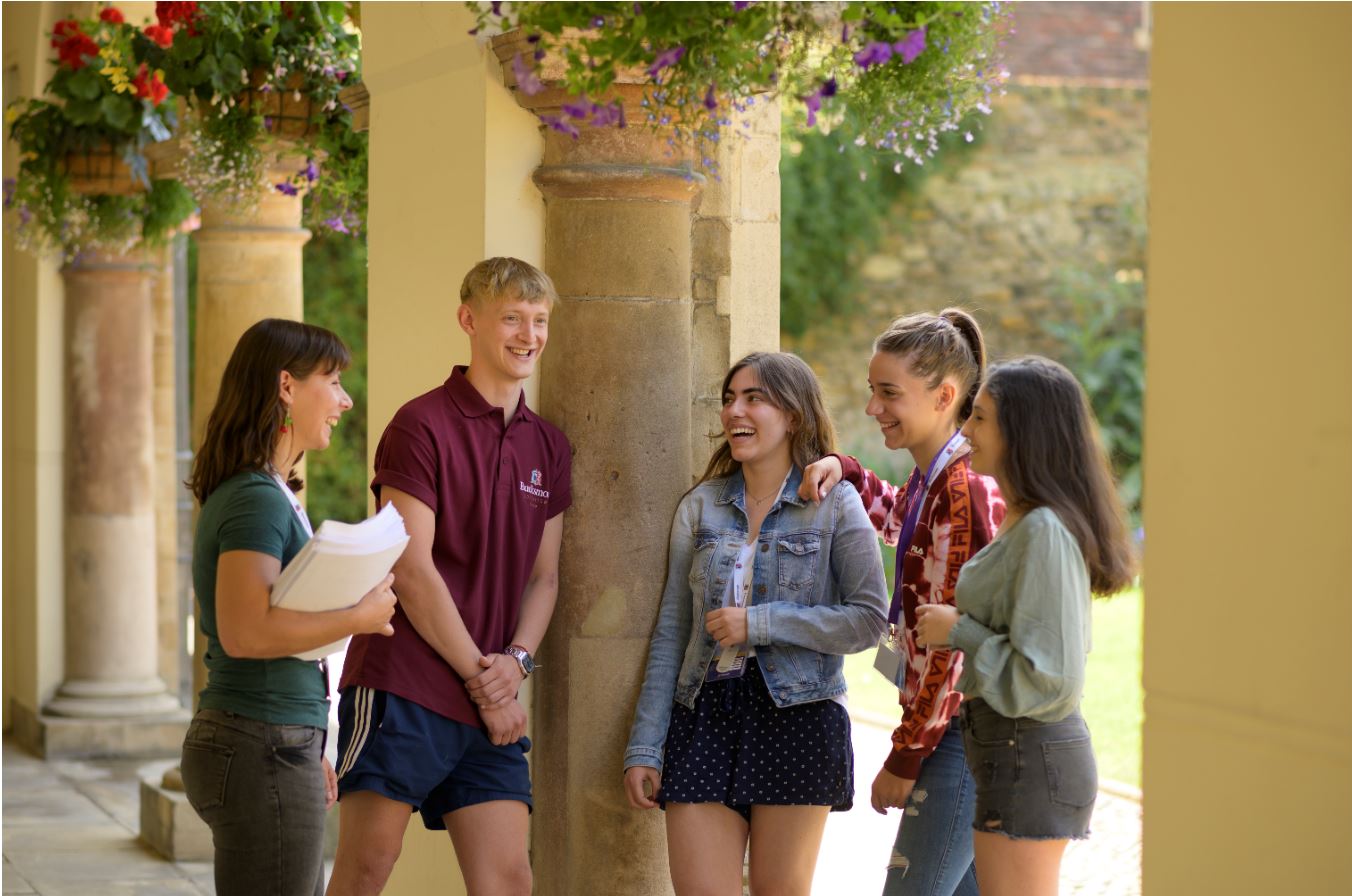A Glimpse into Boarding School Life in 1950s England: Fascinating Facts from a Bygone Era

A Glimpse into Boarding School Life in 1950s England: Fascinating Facts from a Bygone Era
In the 1950s, boarding schools in England were centers of excellence for learning, socialization, and character development. These educational institutions were also the places where many of the world’s elites were educated. With that in mind, let’s take a look back at the fascinating facts from a bygone era and get a glimpse into boarding school life in 1950s England.
A Brief History of Boarding Schools in England
Boarding schools in England have a long and storied history. These institutions have their roots in the medieval period when the church ran educational institutions that were the precursors to today’s boarding schools. In the 16th century, the first “public” boarding schools were established, and by the 19th century, boarding schools in England had become the norm for well-to-do families.
The Rise of Elite Boarding Schools
In the 1950s, there were a number of elite boarding schools in England. These schools were often associated with the aristocracy, and many of the students were from wealthy, well-connected families. These schools were highly sought after, and the competition to get accepted was fierce.
Life at Boarding Schools in the 1950s
Boarding schools in England in the 1950s were typically highly structured environments with an emphasis on discipline and academic achievement. Students were expected to adhere to strict rules and regulations, and they were given a regimented schedule to follow.
In addition to classes, students had to participate in activities such as sports, clubs, and social gatherings. These activities provided students with an opportunity to let off steam and socialize with their peers.
What Was the Typical Day Like?
At boarding schools in the 1950s, students typically started the day with a morning assembly followed by classes. After classes, students would typically have time for leisure activities such as sports, clubs, and social gatherings.
In the evening, students would have dinner and then be expected to complete their homework before bedtime. On the weekends, students would often be allowed to go on trips or participate in other activities.
What Was the Food Like?
At boarding schools in England in the 1950s, the food was typically hearty and traditional. Typical meals included things like roast beef, roast potatoes, and vegetables. Students were also often allowed to bring their own food to school, which could include treats like chocolate and sweets.
What Was the Education Like?
Education at boarding schools in the 1950s was highly structured and focused on academic achievement. Students were expected to excel in their studies and were given regular tests and exams to measure their progress.
In addition to traditional subjects like math, science, and English, students also had to take classes in etiquette, public speaking, and other topics that were deemed important for the development of well-rounded individuals.
What Was the Social Life Like?
Social life at boarding schools in the 1950s was typically highly structured. Students were expected to adhere to strict rules and regulations and were not allowed to go out without permission.
However, students were also given time to socialize with their peers and participate in activities such as sports, clubs, and social gatherings. These activities provided students with an opportunity to make friends and develop relationships with their peers.
Conclusion
Boarding schools in England in the 1950s were places where many of the world’s elites were educated. These institutions were highly structured and focused on academic achievement, but they also provided students with an opportunity to socialize and develop relationships with their peers.
If you want to learn more about this fascinating period in history, be sure to check out Prepper Stories, where you can explore stories and anecdotes from a time long forgotten.







